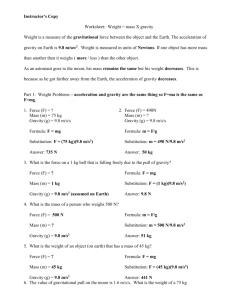
Record all measured values in the data chart for Part B in the observations section of your lab report. Measure the mass of the cylinder and its contents carefully.

Read the volume to the nearest 0.1 mL or 0.2 mL according to the precision of the graduate. Fill the graduated cylinder close to the 9 mL mark with the unknown liquid. Measure the mass of a 10 mL graduated cylinder.Ģ. The data chart for Part A should contain the following information: (*refers to calculated or theoretical values) A. Record all measured values in the data chart for Part A of the observation section of your lab report.Īll of the data charts should have two columns, one for the item measured and one for the value. Measure the mass of the beaker and the water. Add this measured volume of water to the 100 mL beaker. You may want to use the dropping pipette to add the last few drops of water to get exactly 50.0 mL). Use the graduated cylinder (the bottom of the meniscus must be on the 50 mL mark.

Measure, as accurately as possible, 50.0 mL of water. Measure the mass of a 100 mL beaker to the nearest. To record data and calculate the values in the correct number of significant figures MATERIALS:ġ0 mL graduatebalancetest tube rackunknown liquidĥ0 mL graduatetest tube100 mL beakerassorted solid objects Dropper pipettemeter stickġ. To calculate the volume of a rectangular object and to express the volume in volume metric units e. To calculate the specific gravities of solids and liquids d. To calculate the densities of solids and liquidsĬ. To measure the masses and volumes of solids and liquids b.


 0 kommentar(er)
0 kommentar(er)
